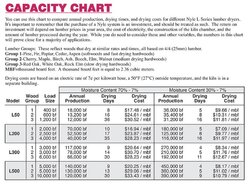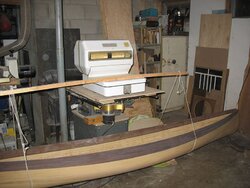ikessky said:
"Dry" is a relative term. Without taking before and after moisture readings of your splits, there is no accurate way of telling when they are at 20% or less. .
"Seasoned" is a much more relative term than "dry". At least I can quantify "dry", but all "seasoned" tells me is how long the wood has been cut. After all the reports of chimney fires in the Northeast due to improperly seasoned wood caused by the extraordinarily rainy summer we've had, I would really question seasoning time alone as an indicator of final moisture content.
There are so many variables in the outdoors, so many wood types, so many sizes to buck and split to, so many ways to stack, etc. I never stated that my method is a "sure fire" way to dry firewood, but I can guarantee that if someone had an identical setup as I do and burned the way I do and had their wood processed in the way I do and treated it the way I do, it would be quite dry when placed in the box. It would ignite right away and burn very hot and create little creosote and produce tons of heat - all of the magical things that properly "seasoned" wood will do, without the loss in fuel content due to microbial action that always occurs in wood that has been sitting in the outdoors for years.
Humans have been intentionally burning wood for thousands of years, almost every bit of that time without the aid of a moisture meter. IMO, if you need a moisture meter to tell you if your wood is ready to burn, you don't yet know what you're doing. Heck, you may have a cheap unit (or not know how to properly use a good one), and end up putting wet wood in your firebox and scratching your head about why you can't get any heat out of the stove even though you are using "well seasoned" fuel.
I encourage all types of experimentation, because even failure teaches. Eventually, if you keep hands alert, and your eyes, ears, nose and mind open, you will arrive at a point where it's all second nature. Experience alone is the final determining factor in achieving and assessing dry fuel. You won't find that on the Internet or in a book, and you certainly can't buy it.



